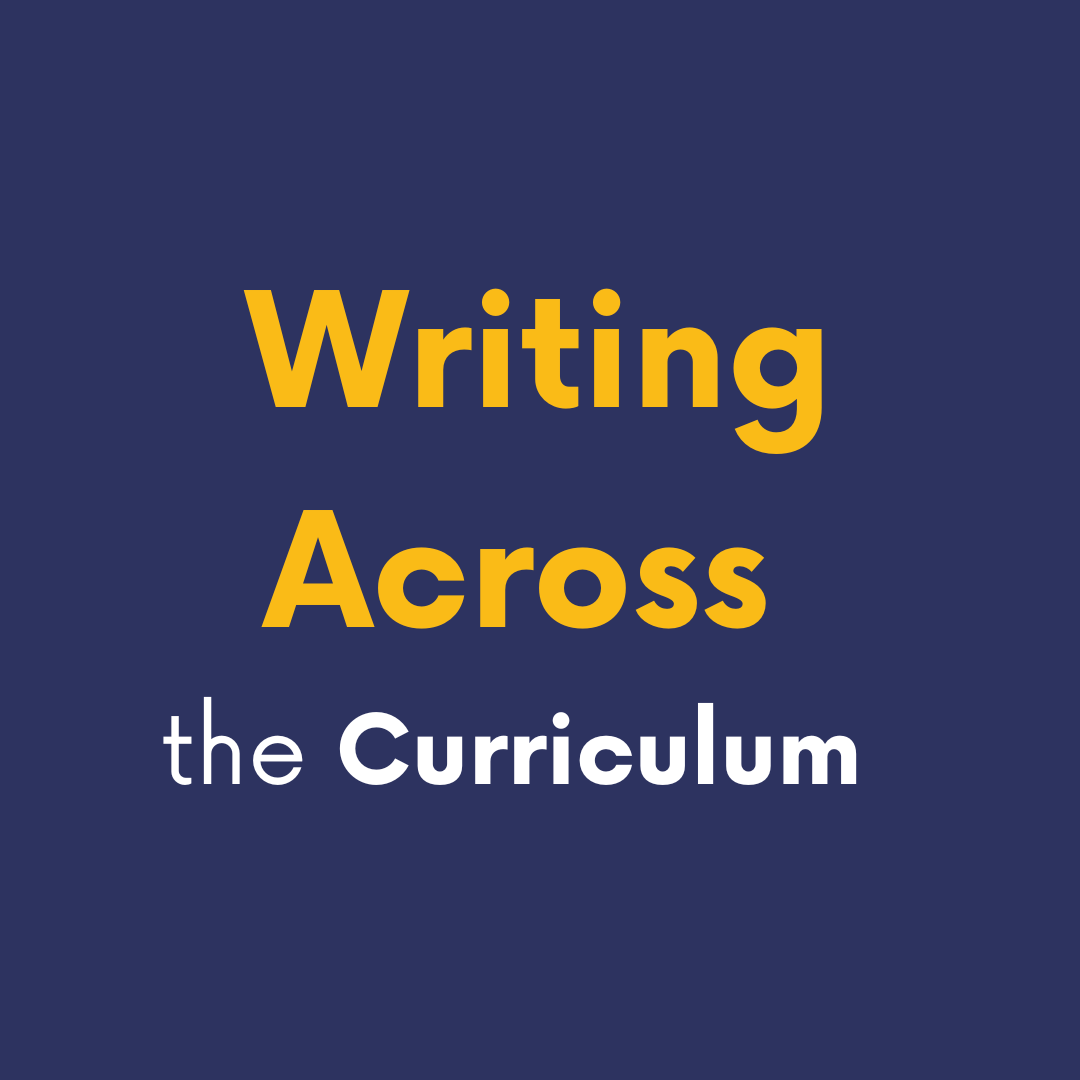
Welcome!
Linguistic justice is an inclusive, antiracist approach to teaching writing in which multiple expressions of diversity are recognized as assets in learning. April Baker-Bell (2020) describes this pedagogy as, “The belief that a homogenous, standard, one-size- fits-all language is a myth that normalizes white ways of speaking English and is used to justify linguistic discrimination on the basis of race” (99). Building on Baker-Bell’s ideas, this website includes examples of what linguistic justice strategies and resources look like in various writing classrooms.
Working together in a writing across the curriculum workshop during summer 2024, 10 faculty members from a university in North Carolina engaged linguistic justice scholarship, identified strategies for classroom practices, and created justice-oriented teaching resources for their own classrooms that can also serve as models for other instructors.
